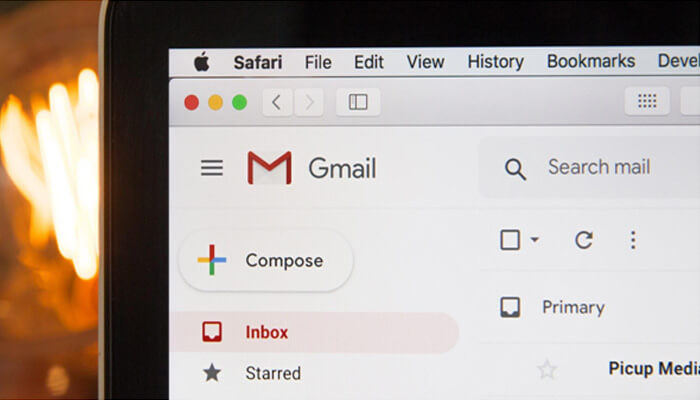If you want to build your email list with high-quality subscribers, then lead magnets are the answer. Lead magnets are the perfect way to get a user’s contact information, which you’ll need to nurture them through the buyer’s journey. But first, you’ll need a killer email lead magnet.
5 Lead Magnet Ideas You Can Use to Grow Your Email List
A lead magnet is a marketing strategy where you offer an incentive to receive a person’s contact information. Lead magnets are typically long-form content pieces, like the examples below.
1. Repurposing Old Materials for Your Lead Magnet
Some of your old content can be repurposed and turned into a lead magnet. If you run a podcast, you could take audio recordings, cut out the best 10 minutes, and set it to download when a user gives you their email. You can do this for other types of video content or webinars.
As for text or image-based content, like white paper, e-books, infographics, reports, and case studies, you can turn them into PDFs and use them as lead magnets. Or, you can convert PDF to Word free online using PDFSimpli if you want to give your subscribers an editable format.
2. Combine Your Printables Into a Free Package
It’s hard to resist the allure of free stuff, but what about a whole package? If you’ve used a bunch of printables as lead magnets, combine them into one free resource for your subscribers to use. These packages can include planners, how-to guides, cheat sheets, and checklists.
If you’re an organization or journal-prompt blog, a resource library could be a fantastic lead magnet. Just fill the package up with printable stencils and image layouts. If your subscribers have a Cricket printer, they could use your assets as stickers and decorate their office.
3. Create a Toolkit That Helps Your Subscribers
When coming up with lead generation ideas for business growth, consider how they can benefit from your resources. A tool kit can act as a guide toward an end goal, like starting a blog or social media page. You can use fonts, templates, stock images, and graphics in your tool kit.
We recommend starting the tool kit with a quick start guide, which summaries what’s to come for viewers. The middle could include a workbook that’s meant to solve your customer’s pain points. End with challenges, like a “7-Day Fat-Shred,” to hold your subscribers accountable.
4. Offer a Single Module (Mini Course) of a Paid Course
If you’re releasing a course or a new book, give your subscribers a teaser. For example, you could create a mini course that includes the first chapter of your paid course in its entirety, plus snippets from other chapters. For a book, simply include the whole first chapter as a download.
Business owners could also make a long-form email course to tease a paid course. On the other hand, businesses that don’t have a full course or book to offer can use quizzes or videos to promote other content. For example, a personality test could lead to a paid coaching session.
5. Provide a Free Consultation or Coaching Sessions
Depending on your industry, your subscribers will expect a free consultation, training, or coaching session. It’s rare to find a divorce lawyer, social worker, or business advisor that doesn’t offer one, and you’d be making yourself less competitive if you opted out entirely.
However, if your business can’t take advantage of this lead magnet, consider giving them access to a private Slack or Facebook group instead. When all else fails, coupons will always be effective with audiences, provided you’re discounting something they’re interested in.




